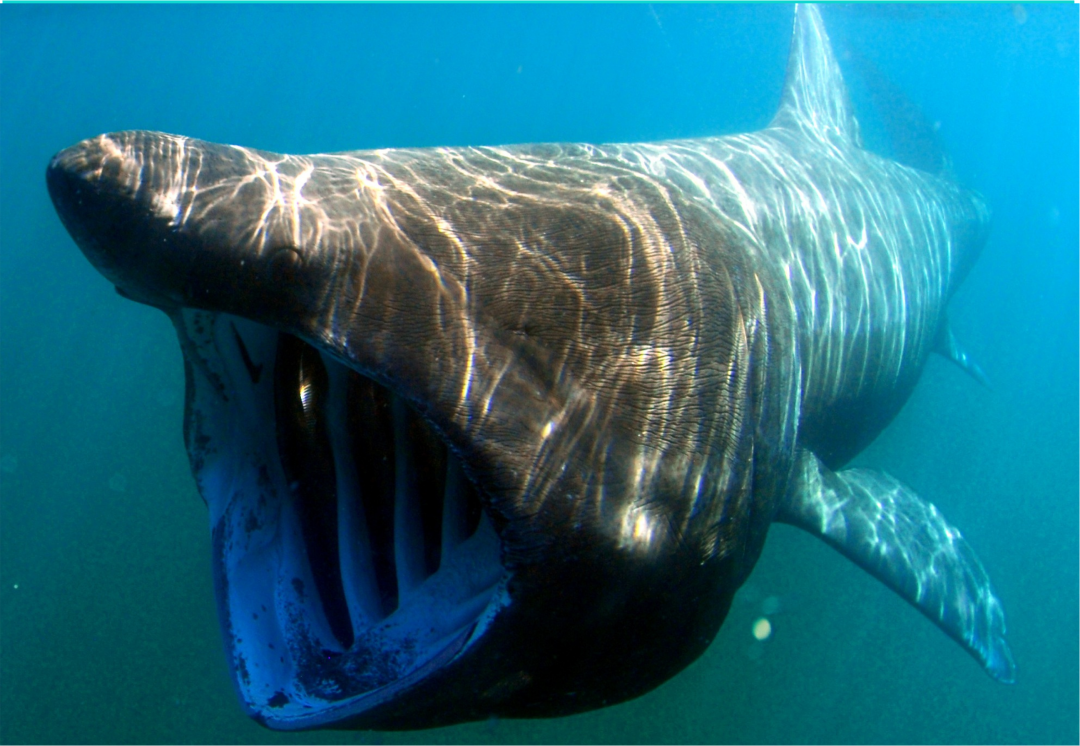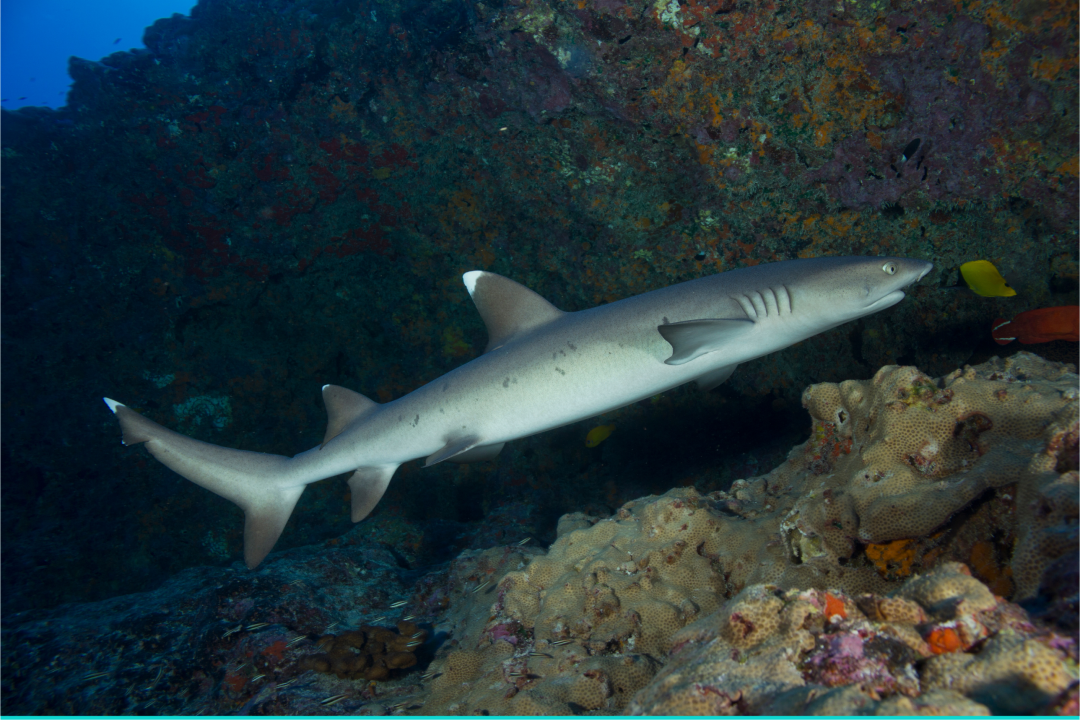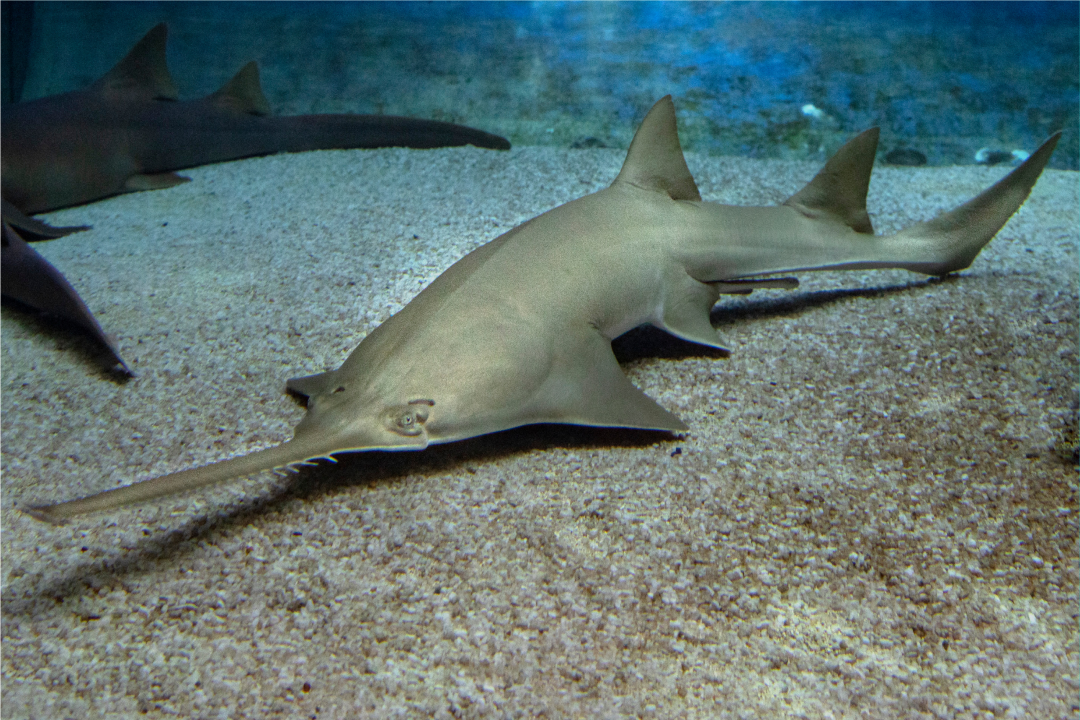Elasmos of the world
Elasmobranchs, a group encompassing sharks, rays, and chimaeras, evolved over 400 million years, long before flowering plants, reptiles and mammals. The evolution of these creatures represents a compelling narrative over this long period. These cartilaginous fish have undergone remarkable transformations across the globe, adapting to diverse environments and ecological niches. The evolutionary journey of elasmobranchs traces back to the early Devonian period when their ancestors first appeared. Over the millennia, they evolved into a diverse array of species, displaying a wide range of morphologies and behaviours. The success of their evolution can be attributed to the inherent flexibility of their cartilaginous skeletons, allowing for efficient navigation and adaptation to various habitats. Globally, there are over 550 shark species, nearly 650 ray species, and an additional 55 chimaera species, totalling around 1,250 chondrichthyan species worldwide.
Sharks
Sharks, as one of the most iconic members of the elasmobranch group, have evolved into a breathtaking variety of forms. From the sleek and powerful great white shark to the filter-feeding marvel that is the whale shark, the evolution of sharks has been shaped by their roles as apex predators in marine ecosystems. The hammerhead shark, with its distinctive cephalofoil, is a remarkable example of evolutionary specialization, thought to enhance sensory perception and maneuverability. Across the world's oceans, sharks have adapted to different hunting strategies and prey, showcasing the diversity of their evolutionary paths.
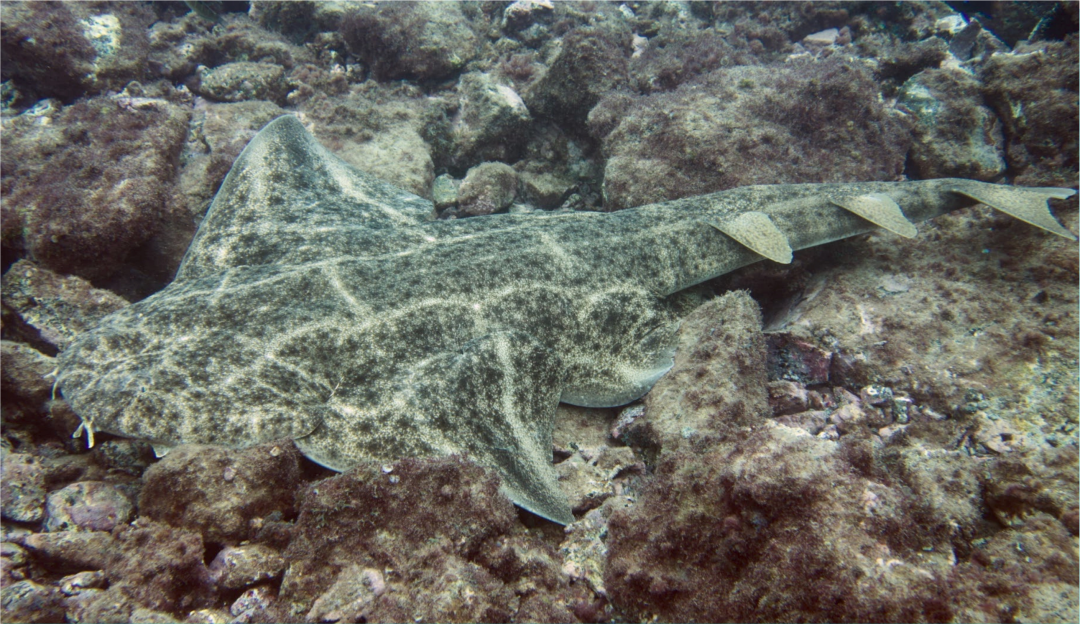
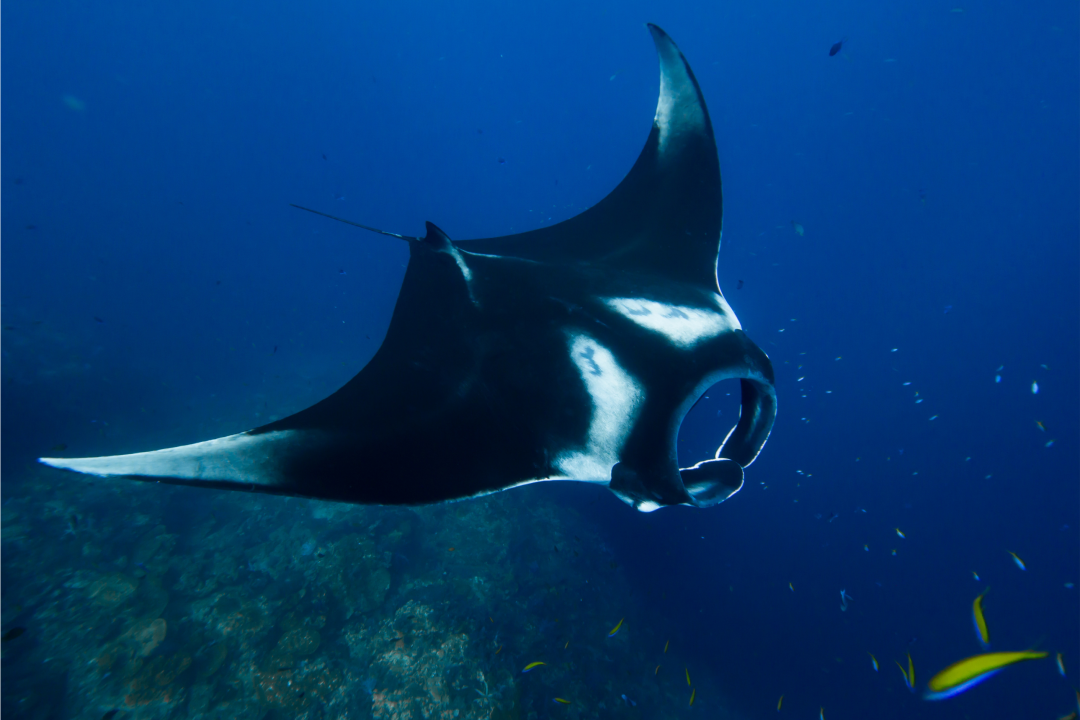
Batoids
Batoids, close relatives of sharks, have also undergone unique evolutionary trajectories. Rays, with their flattened bodies and distinctive wing-like pectoral fins, have evolved for life on the ocean floor. Manta rays with their unique filter-feeding behaviour sets them apart, showcasing a remarkable adaptation within the diverse evolutionary trajectories of batoids. The evolution of the electric ray, capable of generating electric shocks for defense and hunting, exemplifies the adaptability of elasmobranchs. Skates, resembling rays but typically smaller, have maintained a more conservative body shape, yet they have diversified to inhabit various environments, from shallow coastal waters to the deep sea.
Chimaera
Chimaeras, often referred to as ghost sharks or ratfish, adds another layer to the evolutionary tapestry of elasmobranchs. These deep-sea dwellers display a mix of shark and ray characteristics, featuring unique adaptations like a retractable sexual appendage on the males. Their evolutionary path highlights the diversity that can arise within the elasmobranch lineage, especially in extreme environments like the deep sea.
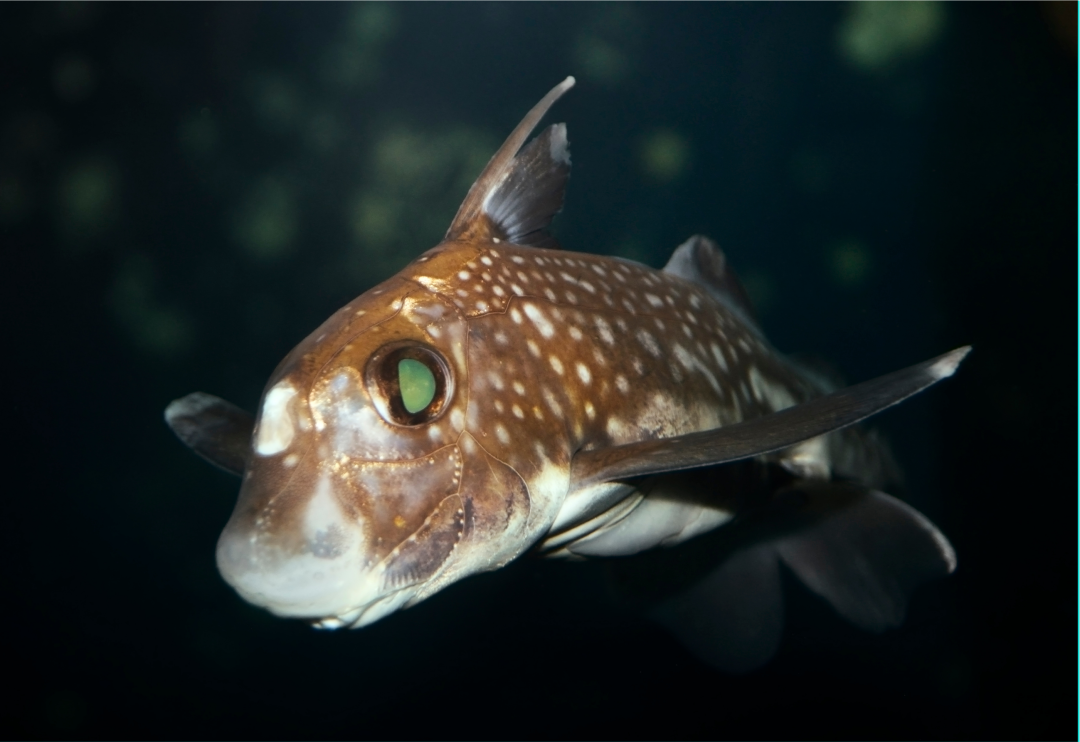
Evolutionary novelties in elasmobranchs have unfolded across the world's oceans. For instance, the evolution of the sawfish in tropical and subtropical waters showcases the development of a long, tooth-studded rostrum used for hunting. Meanwhile, the evolution of the Greenland shark, a deep-sea species with a sluggish pace of life and exceptional longevity , demonstrates adaptations to the harsh conditions of the Arctic and North Atlantic.
However, the evolutionary success of elasmobranchs is now confronted by unprecedented challenges. Overfishing, habitat destruction, and climate change pose significant threats to many species. Understanding their evolutionary history becomes crucial for devising effective conservation strategies.



